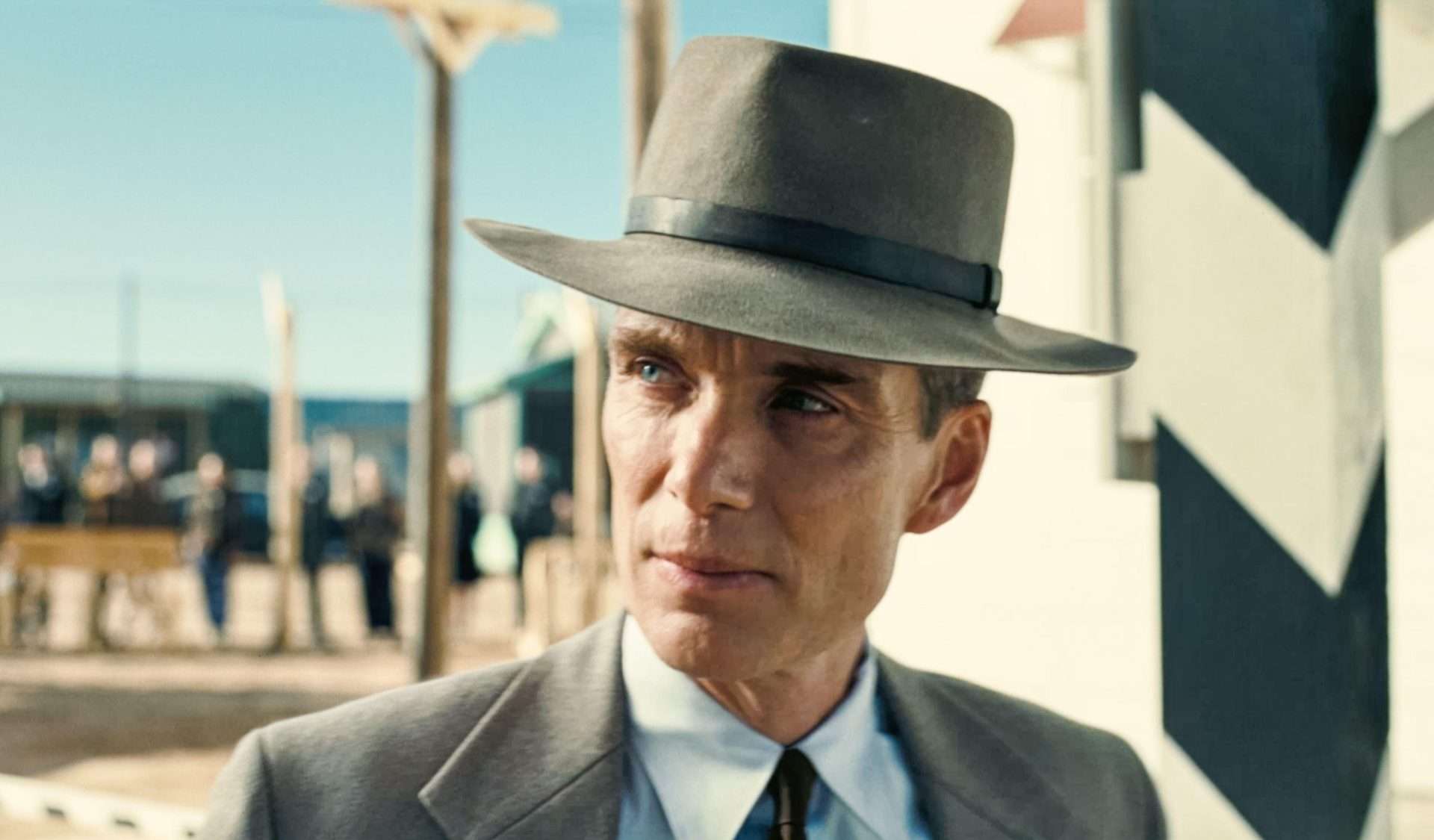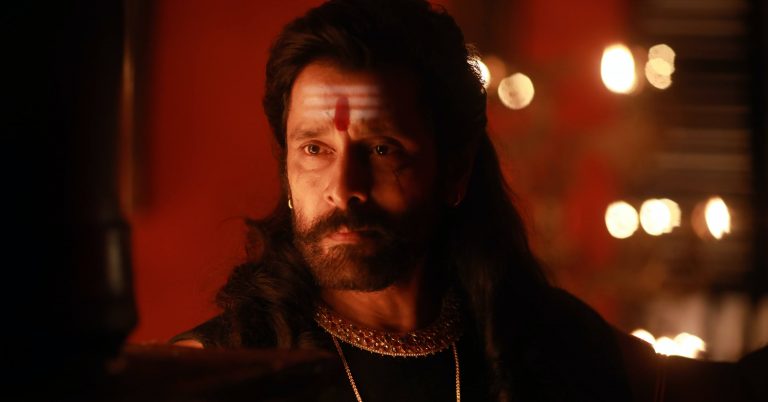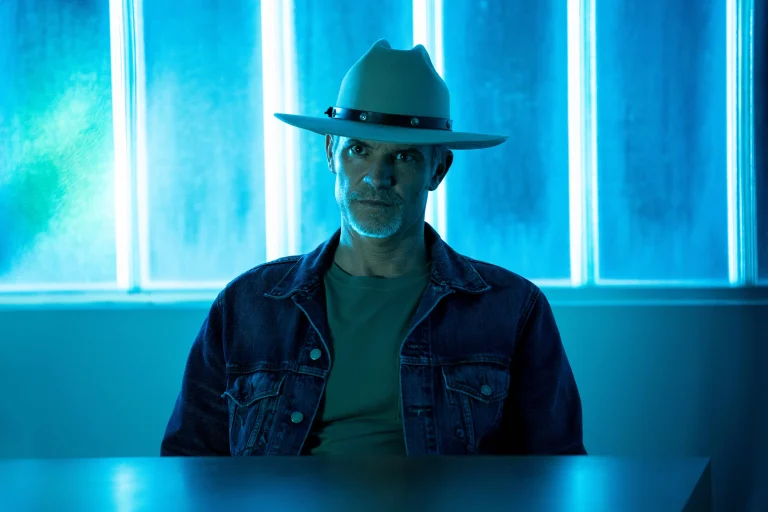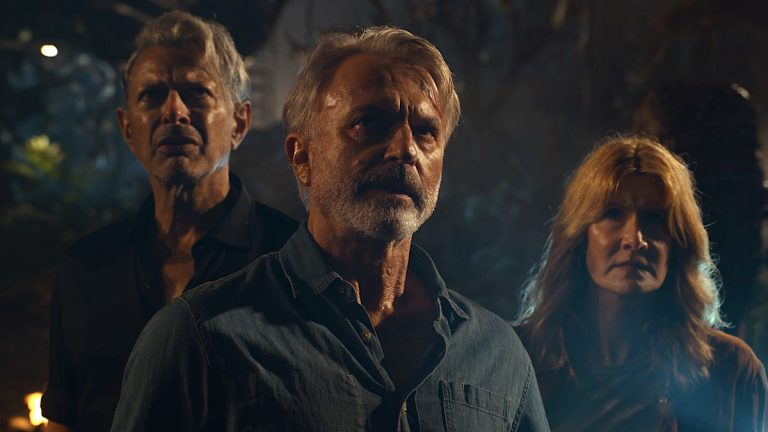Why Oppenheimer is Christopher Nolan’s Best-Directed Film Yet? If you’ve seen any of his interviews from the past few years, you will know that Quentin Tarantino says that ten films are all he is ever going to need. The celebrated director has been saying this since 2012, when an interview with Playboy magazine turned philosophical. “When directors get out-of-date, it’s not pretty,” says the man who made Pulp Fiction, kickstarting a debate that has been doing the rounds in cineaste circles for the past decade. Should a director know when to stop and finally call cut on their filmography? It is an interesting question, but Oppenheimer has rendered it moot almost definitively.
Tarantino’s reasoning is simple: if a director knows they can make only ten films, they will make sure to direct ten films that count. But this argument falls apart when you consider the work of Christopher Nolan, who has been making groundbreaking, essential work since his staggering breakthrough picture Memento (with only The Dark Knight Rises proving to be a questionable link in the chain). If Nolan had followed Tarantino’s credo, we would never have gotten Oppenheimer, which is his twelfth film and his most accomplished work to date. A cinematic tour-de-force, it represents a capstone in the filmmaker’s output until this point – its themes and formal attributes culminate all his creative conceits.
The movie is, objectively, Nolan’s best-directed feature. What makes it so? Well, the film earns that label thanks to its sheer scale – it speaks to every obsession Nolan has entertained throughout his career. And it does so in remarkably assured ways, communicating that we are witnessing a director fully maturing into a maestro. There are barely any false notes in Oppenheimer, which feels like an evolved form of the contemporary biopic; it is a blockbuster spectacle that doubles as a searing character study. The fact that this hulking, maximalist film works as well as it does is astounding.
Nolan is not a subtle filmmaker – the director wears his heart on his sleeve, and his latest is no exception to that sensibility. Nearly every scene is roused by Ludwig Gorranson’s sweeping violin, and the high-impact sound design enables more than a few jumpscares. You would think this would get tiring quickly, but Oppenheimer is less an onslaught than an audiovisual bullet to the brain. The picture reminds this writer of the construction of Dunkirk and Tenet, both of which cut out all the slow bits and attempted to create experiences designed to keep you on the edge of your seat throughout.
This new one is a more accomplished version of what those two films were attempting (it is especially superior to Tenet, which removed all of the table-setting that made Inception palatable and robbed many viewers of what is undoubtedly a spectacular sci-fi experience). What is remarkable about Oppenheimer is that it is a three-hour-long set piece – Nolan and editor Jennifer Lame have put together a picture that functions a bit like a runaway train – ceaseless in its cinematic energy and unanswerable to any structural impediments.
The thing never slows down, and while this pace was appreciable in Nolan’s previous work due to the sheer enjoyment to be gained from experiencing something like this, its thematic weight makes it land stronger in Oppenheimer. The restless nature of the movie feels like a necessary part of the story. It captures the sweep of history, the adrenaline of witnessing events so extraordinary. By the time Cillian Murphy’s Oppenheimer realizes his mistake, he is too late: history, alongside the film, barrels forward at a pace that no one could ever hope to impede.

The film echoes this tragedy in its structure, designed to induce a state of anxious energy and panic at the rapid flow of time. The anxiety, of course, comes through thanks to Murphy’s turn as the titular scientist. His Oppenheimer is a man whose soul drains out of him through the course of the film – it is a performance that evolves through the eyes, though the actor has clearly lost a lot of weight for the project too. The film has an element of myth-making, which is about much more than just Oppenheimer, the man. It treats its central figure as a symbol of something eternal: humankind’s naive pursuit of advancement at unknowable cost. Murphy is able to translate that to the screen while still giving us a sense of the person underneath.
Nolan undoubtedly has a part in that. A big part of directing is directing actors; his actors have never been better than they are here. After the spare performances of Dunkirk, the men-on-a-mission roles of Inception/Tenet, and the comic realism of The Dark Knight, Oppenheimer’s performances return to the sincerity of Nolan’s most deeply felt work: Interstellar. The cast here is stupendous, and the script gives each of them a place to shine. Even the bit roles feel memorable, thanks to the singular moments attributed to them (I speak here of moments like the one in which a vomiting Devon Bostick (Rodrick Rules!) locks eyes with Oppenheimer or the one where Jack Quaid says the glass will stop the UV). Nolan is known for working well with actors but reaches a higher echelon here.
The terrific cast also lends itself to another of Oppenheimer’s achievements: the way in which it establishes a sense of place and time for the viewer. While watching the film, one inhabits the same space as luminaries like Einstein, Bohr, Heisenberg, Feynman, and Fermi. We get enveloped in a community built on scientific comradery and get a sense of the excitement that pervaded the air back then: massive breakthroughs were being made in science, and Oppenheimer allows us to pay witness as a cast of characters brings them to life. Nolan decided not to include any composite characters, so everyone present at Los Alamos is represented somehow on screen. The effect is tremendous, and it establishes the setting better than any Nolan before it. Los Alamos feels more well-realized than even Gotham.
But at the end of the day, what makes this film special is how Nolan uses it to make a statement. Far past the confused politics of his Batman films and the conventional family dramas of his other movies, Oppenheimer feels like an artist making a statement. The movie is an indictment of American exceptionalism, remarkably clear-eyed about what these men achieved. It acknowledges the genius effort that went into the Manhattan Project but does not temper the horror that came of it.
In interviews leading up to the release, Nolan has said that the colored sequences in Oppenheimer are subjective, while the black-and-white ones are objective. While watching the film, I felt this was inaccurate since the B&W parts are clearly rooted in Lewis Strauss (Robert Downey Jr.)’s perspective (recall how we are initially led to believe that Oppenheimer opposed the isotope issue to spite Strauss but later learn that he was motivated by nuclear deterrence). Afterward, I read online that Nolan’s daughter, Flora, plays the burn victim from Oppenheimer’s vision, the girl whose skin flakes off her forehead.
That particular sequence features some of the most indelible imagery of the filmmaker’s career (recall how the scream punctures the sound of the stamping) and speaks to how far he has come as a filmmaker. The information about Flora Nolan’s casting made it come together in my head. It is Nolan’s most personal film, and the colored sequences, which skewer the scientist mercilessly, are not subjective in the sense I thought. They are not to be viewed from Oppenheimer’s perspective but, instead, from Nolan’s.







